We woke up early on day 3 with plans to visit a secret peacock bass lake. The lake was quite a few miles up the river, so it made sense to camp a few nights to give us plenty of time to fish. It was still dark when the guides packed the boat with our camping gear (mosquito nets and sleeping pads), and we put together backpacks with what we would need for several days in the jungle. With the promise of a big thermos of coffee on the boat, we loaded our gear and followed the creek out into the mainstem Amazon.
The boat we took wasn't fast like Otorongo's yellow speed boat, so we had plenty of time to kill. Rojelio, one of the local guides, worked on the mosquito nets to make sure they were ready for the evening.
We certainly had plenty of gear. Michael and George were frequently asleep whenever we traveled in the big boat. They were the only two who didn't drink coffee, which probably explains how they could doze off so easily.
We motored up one of the Amazon's tributaries and tied off near the mouth of a small creek. At this point we switched to the canoes that we had towed behind the big boat. The creek was packed with fallen wood, and the going was tough. We often had to hop out of the canoe so it could be pushed over a submerged log.
There was a large fallen tree blocking the entrance to the lake, so we had to wait in line as we went over one at a time. While we waited I dropped a piece of bait over the side and caught my first fish of the day!
Trahira (Hoplias malabaricus) - new hook & line species #361
Check out those teeth! We didn't catch any larger specimens, and honestly I'm not sure how much larger this particular species can get. They're a close relative of the more famous wolf fish, which can definitely get much larger.
Finally, we made our way into the lake, and we were excited to finally cast our lures. I tied on a chartreuse and orange rattletrap, threw it close to shore, and it got hit right away! The peacock bass lake lived up to its name.
Monoculus Peacock Bass (Cichla monoculus) - new hook & line species #362
My next fish was a pike cichlid similar to the one I caught in Iquitos, but it was a different species. The purple color on its belly really stood out.
Johanna Pike Cichlid (Crenicichla johanna) - new hook & line species #363
Peacock bass continued to hit our lures. You'll notice most of the fish from this lake had their tails chewed up pretty badly - likely from piranhas or other fish with teeth.
Monoculus Peacock Bass (Cichla monoculus)
Casting lures close to structure near shore continued to produce the same two species. Notice the creepy shirtless guy in the lower left below. That's Anthony, the lodge owner!
Trahira (Hoplias malabaricus)
I took a photo of every peacock bass I caught, hoping there would be more than one species. However, we concluded that we only caught C. monoculus. This one had some pretty nice orange coloration on its underside.
Monoculus Peacock Bass (Cichla monoculus)
Michael was partnered up with me in the canoe. We decided to switch tactics in hopes of catching different species. Cut bait produced this brycon, which is a large species in the characin (tetra) family.
Red-Tailed Brycon (Brycon cephalus) - new hook & line species #364
We noticed a lot of small fish with red tails swimming near the surface. They would attack our cut baits, but we knew we needed to switch to micro gear to hook them. We put them off for a while, but eventually I downsized my hook so I could catch one.
Red-Tailed Tucan Fish (Chalceus erythrurus) - new hook & line species #365
Michael was struggling to set the hook with the tucan fish (they had really bony mouths), so I told him to watch what I was doing. I popped my wrist pretty hard to set the hook, caught a fish, and was about to throw it back when Michael said, "Ben, I think that's a different species!" I'm really glad he said something, because it turned out to be a different kind of tucan fish. Thanks Michael!
Pointed Tucan Fish (Chalceus epakros) - new hook & line species #366
Around noon it began to rain, and for a while we continued to fish. I caught this piranha on cut bait, but my camera lens had water on it, so the photo didn't turn out well. After a while the rain wore us down, so we took a break on shore huddled under some large trees.
Red-Bellied Piranha (Pygocentrus nattereri)
The rain let up, and soon we were fishing again. We had seen small cichlids that stayed close to submerged branches, so I switched back to a small hook. The cichlids weren't hard to find. They were shy, but a small piece of cut bait did the trick.
Wonderful Flag Cichlid (Mesonauta mirificus) - new hook & line species #367
I continued to fish the small piece of bait, and my next fish was a different species of brycon with a black stripe starting on its belly and ending on its tail.
Black-Finned Brycon (Brycon melanopterus) - new hook & line species #368
We needed to get back to the main boat before dark, so we convened at the mouth of the lake and began the journey back down the creek. While we were waiting to go over the fallen tree, I caught one more species. The locals called them mojarras, and we often used them as bait.
Silver Tetra (Tetragonopterus argenteus) - new hook & line species #369
Back at the base camp, we ate dinner and then fished the Amazon tributary for a bit before going to bed. I didn't seem to be having very good luck with catfish, but I did manage to get one nice one before calling it a night. This species of long-whiskered catfish migrates the full length of the Amazon to complete its life cycle. Pretty amazing!
Piramutaba (Brachyplatystoma vaillantii) - new hook & line species #370
Piramutabas certainly do not look like our big river catfish. They looked like ghosts with their pink eyes and white bodies.
We stayed the night on camp pads under mosquito nets. It was pretty warm and the bugs were buzzing around, but we were tired from the long day and slept pretty well.
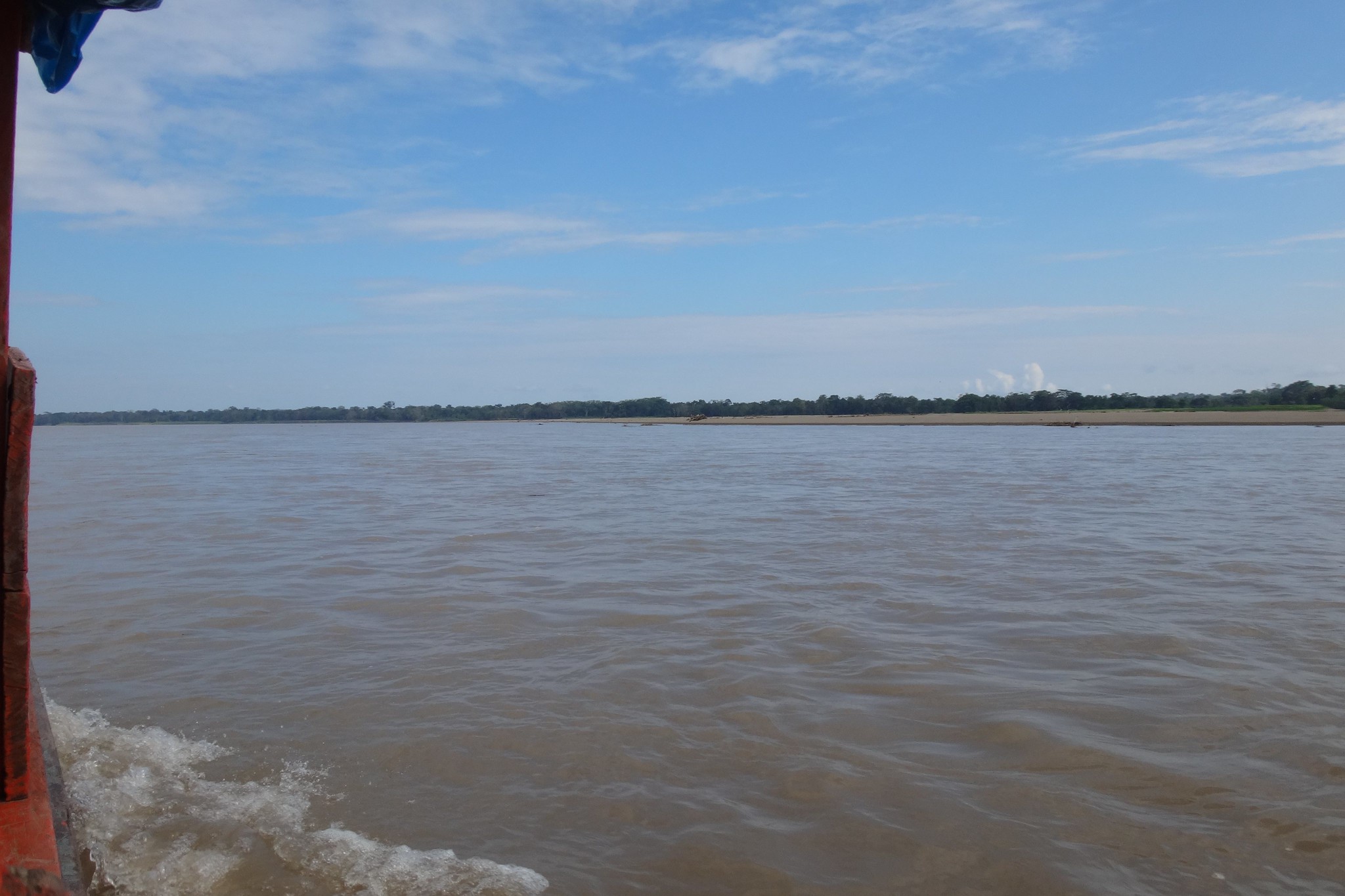


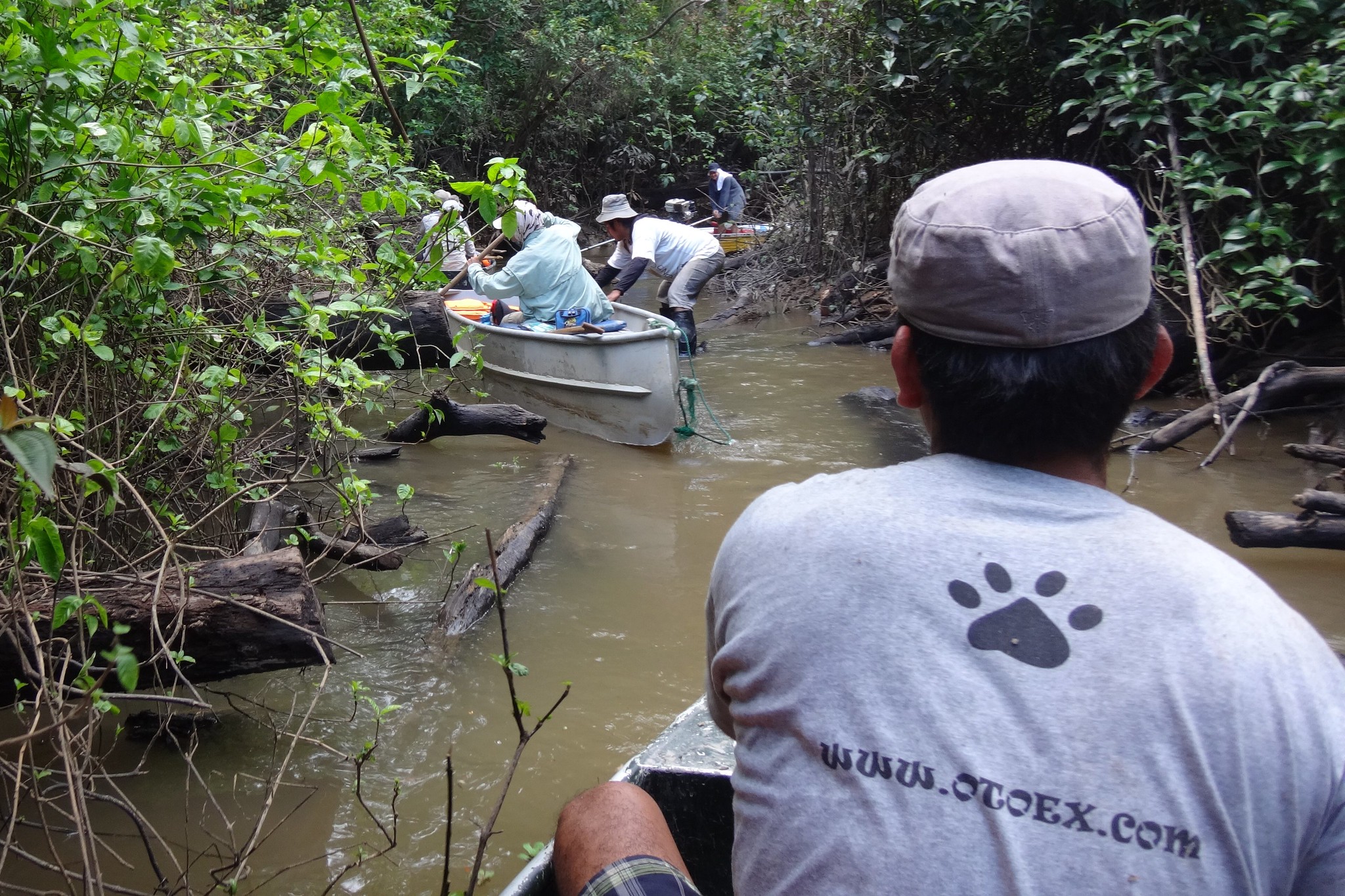
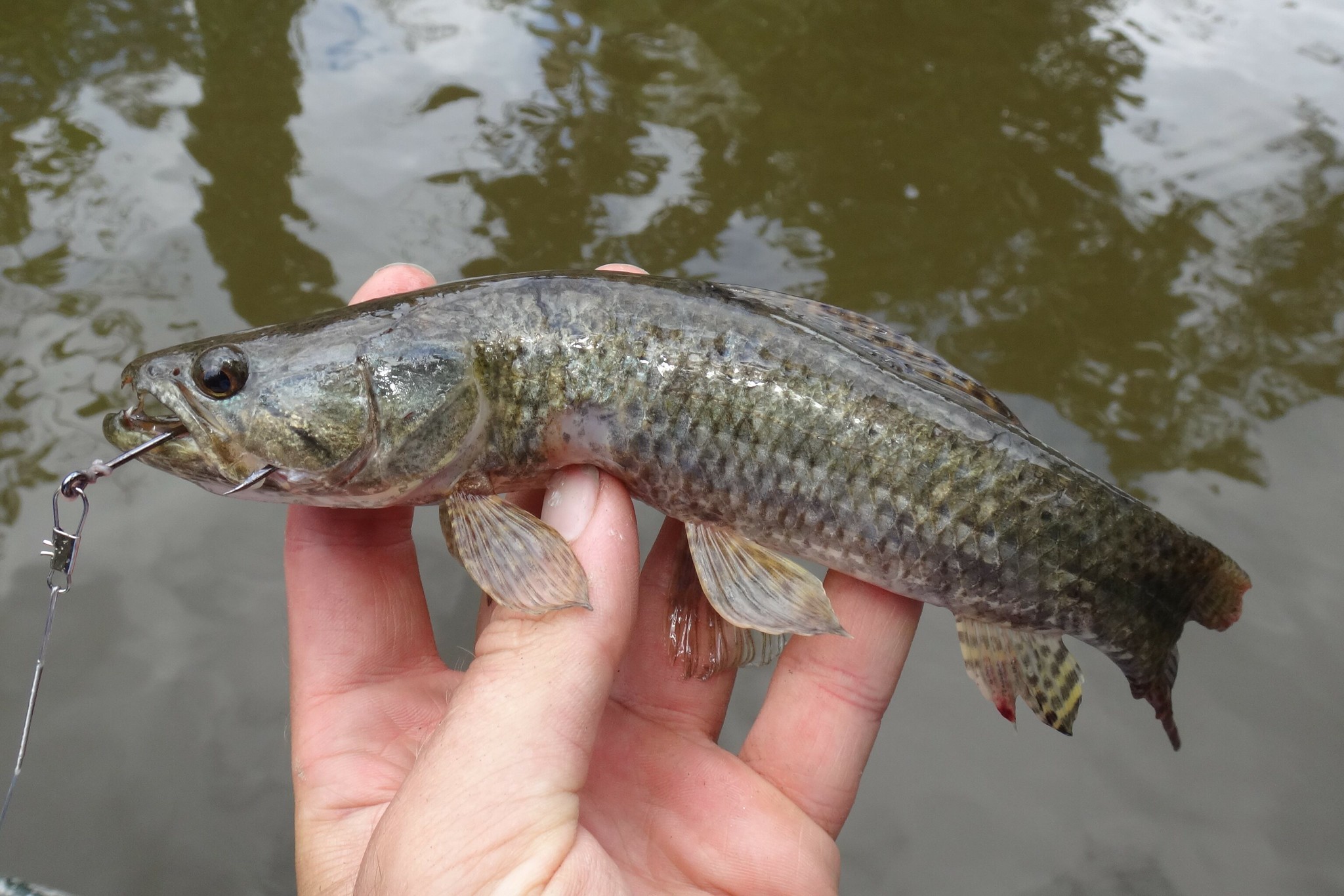
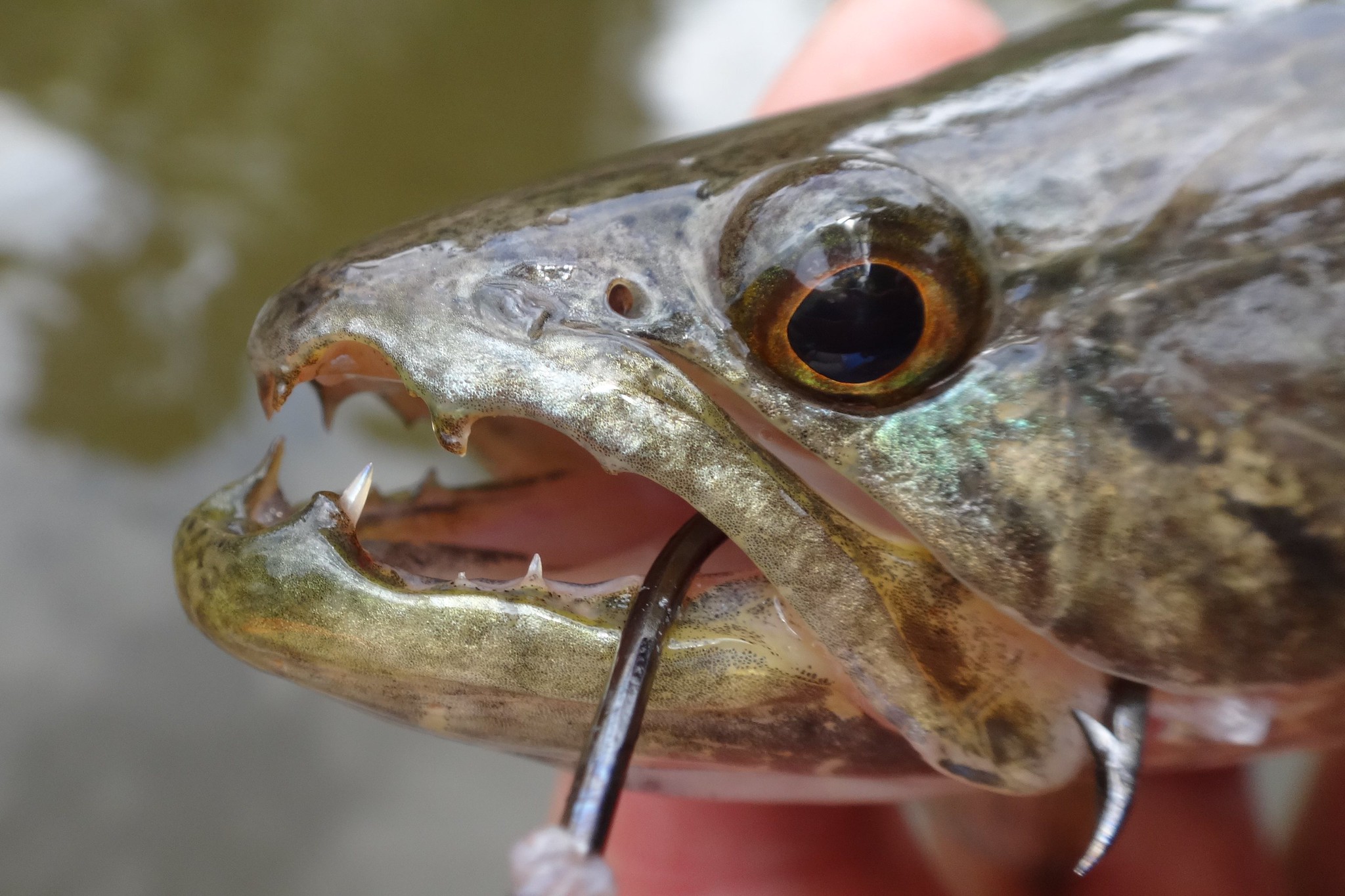
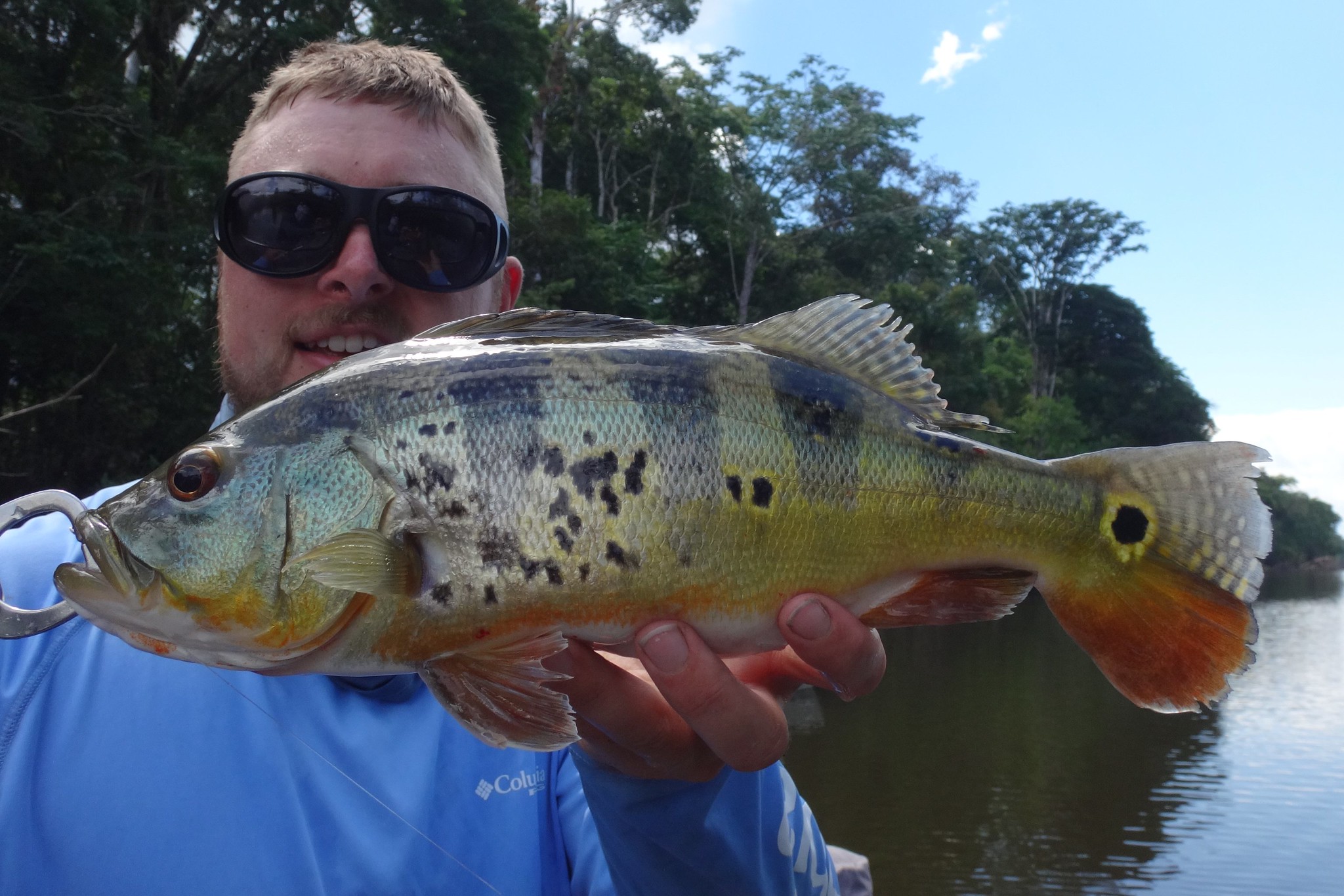
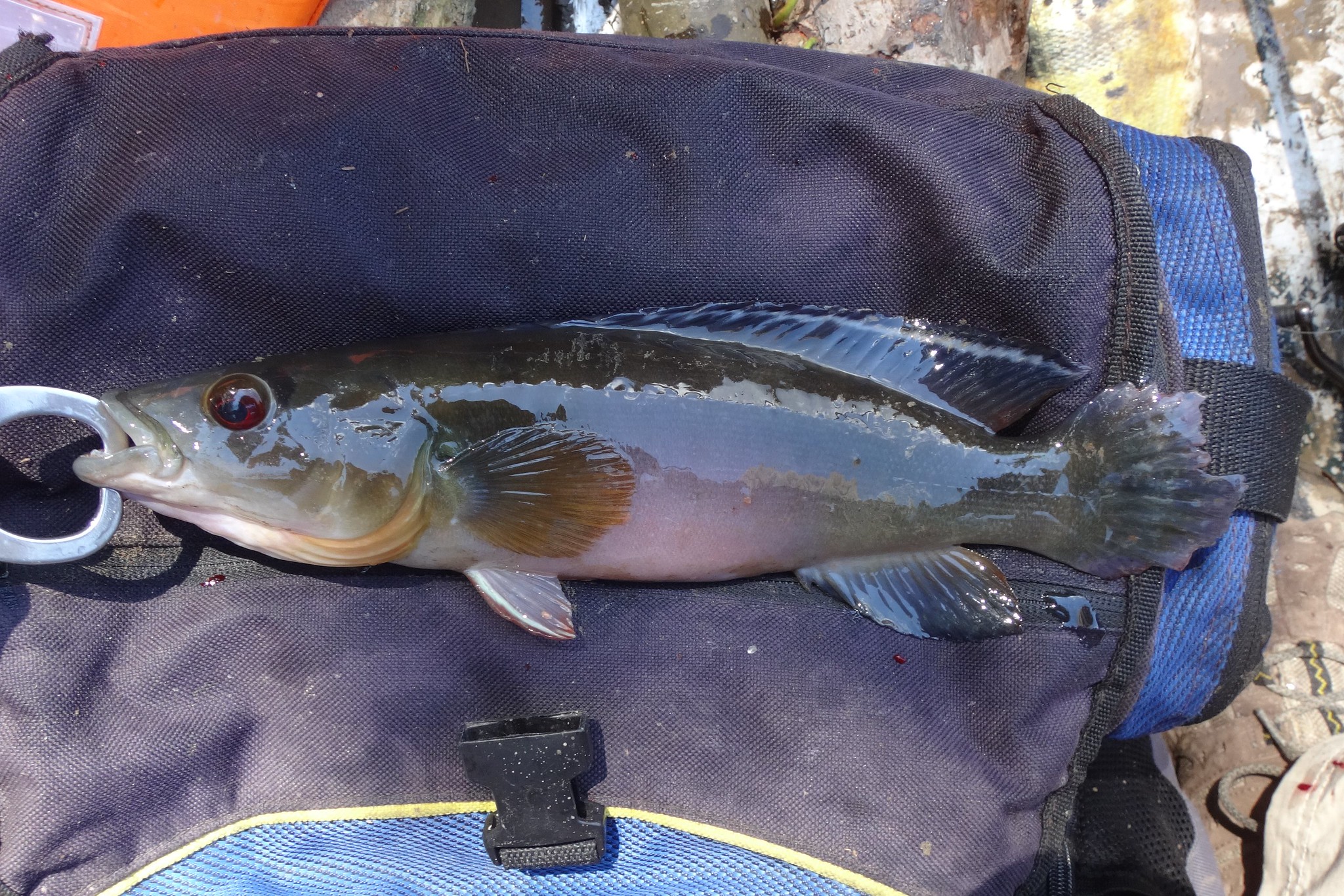
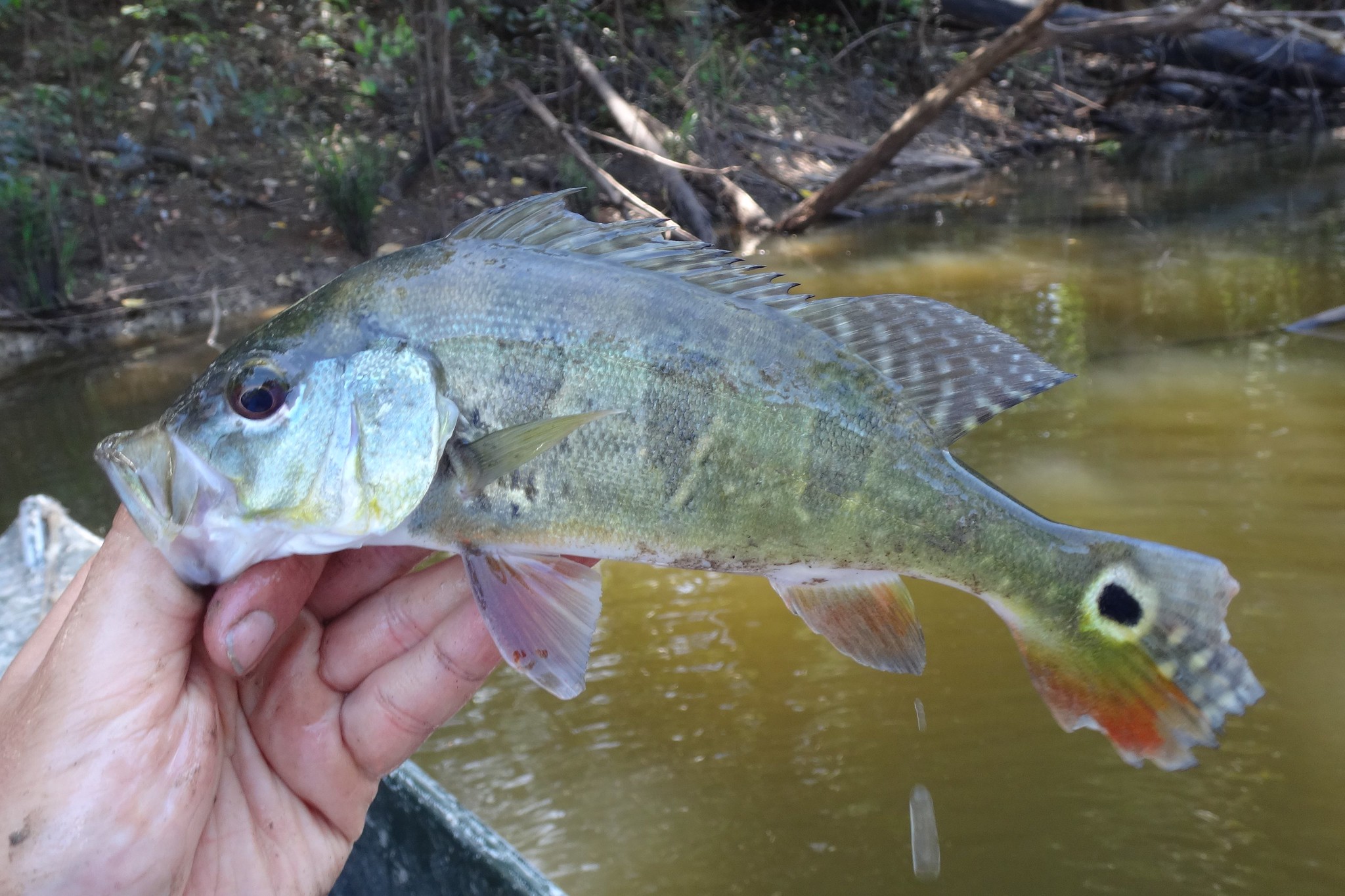
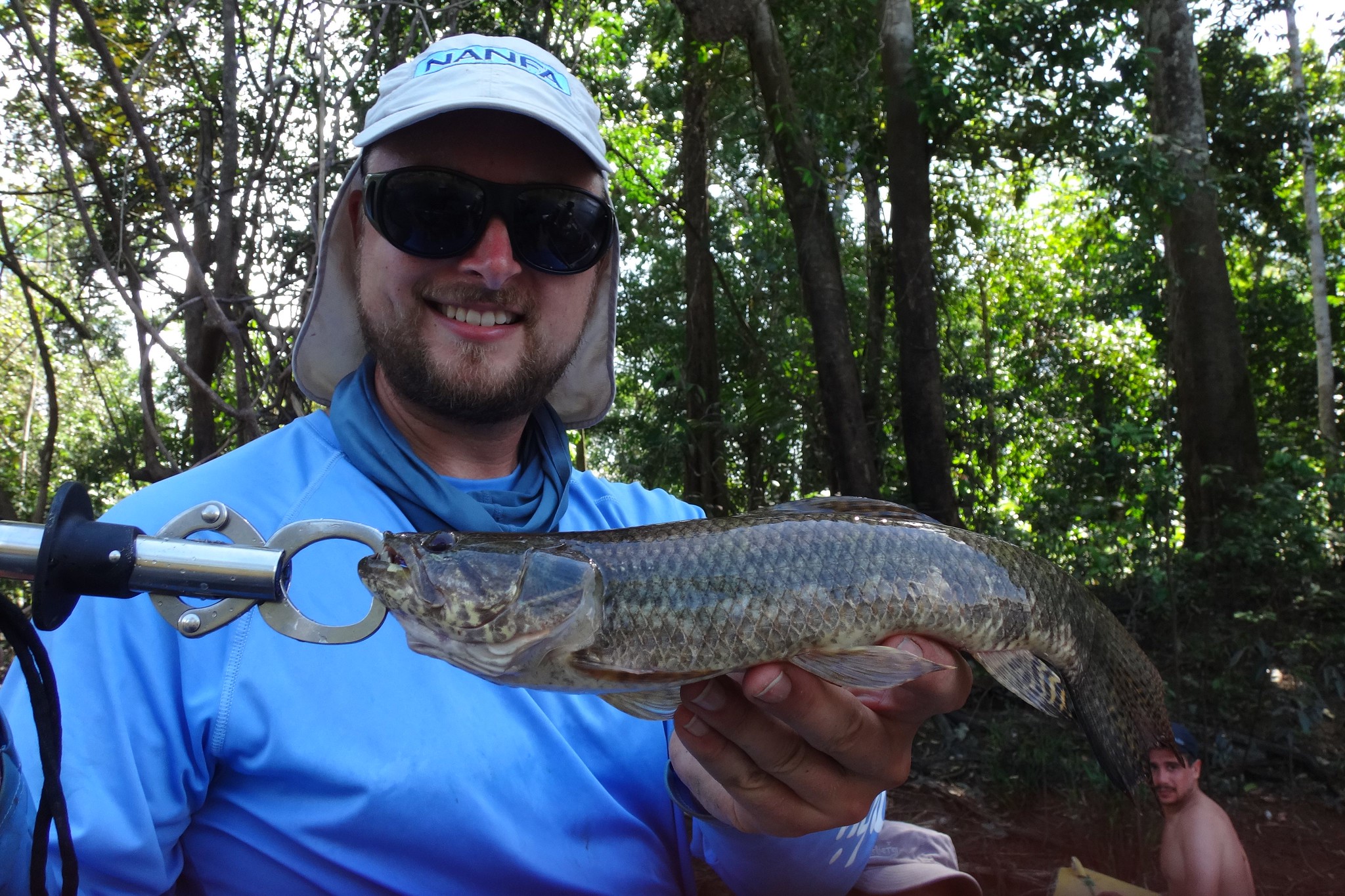
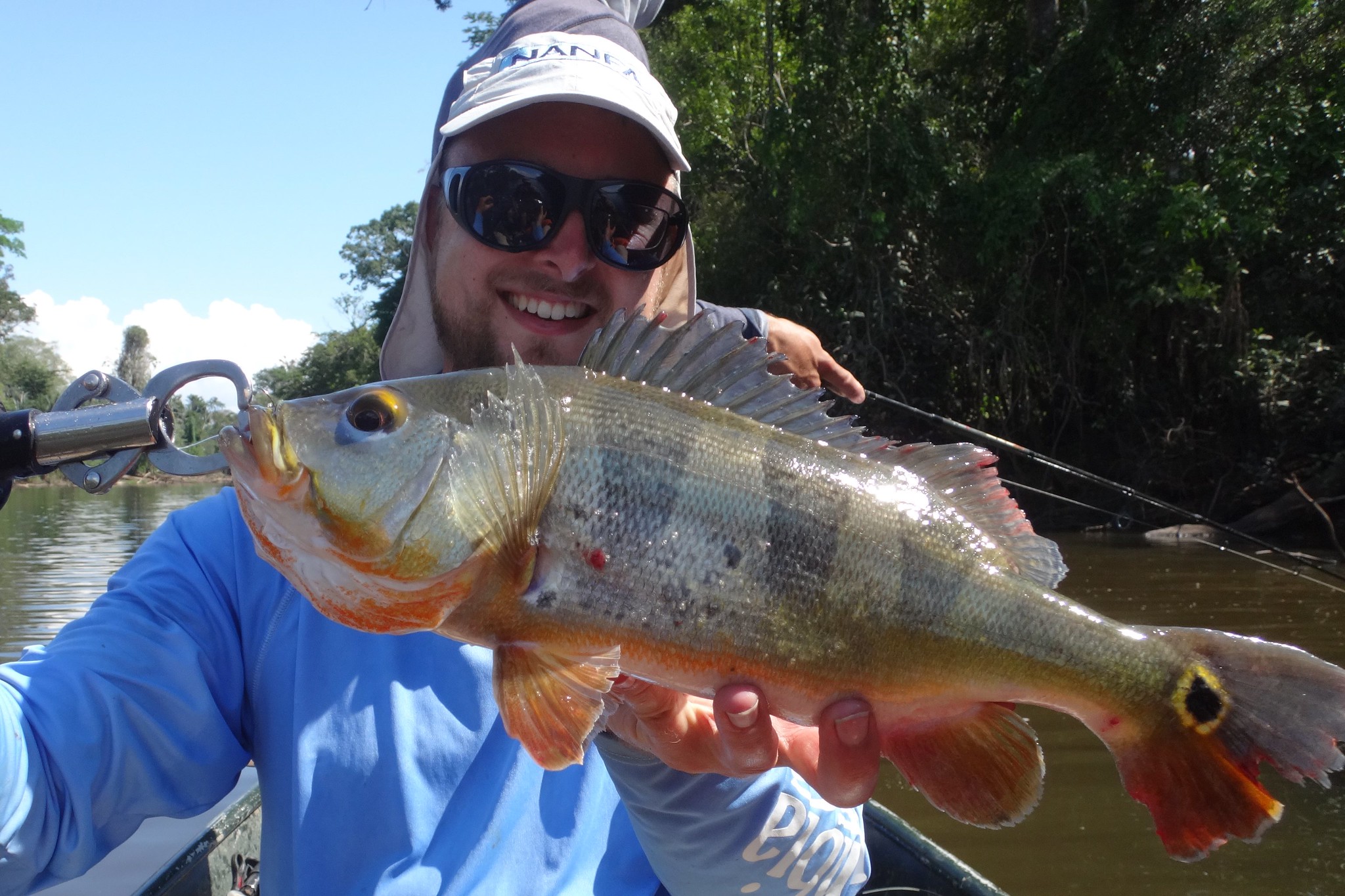
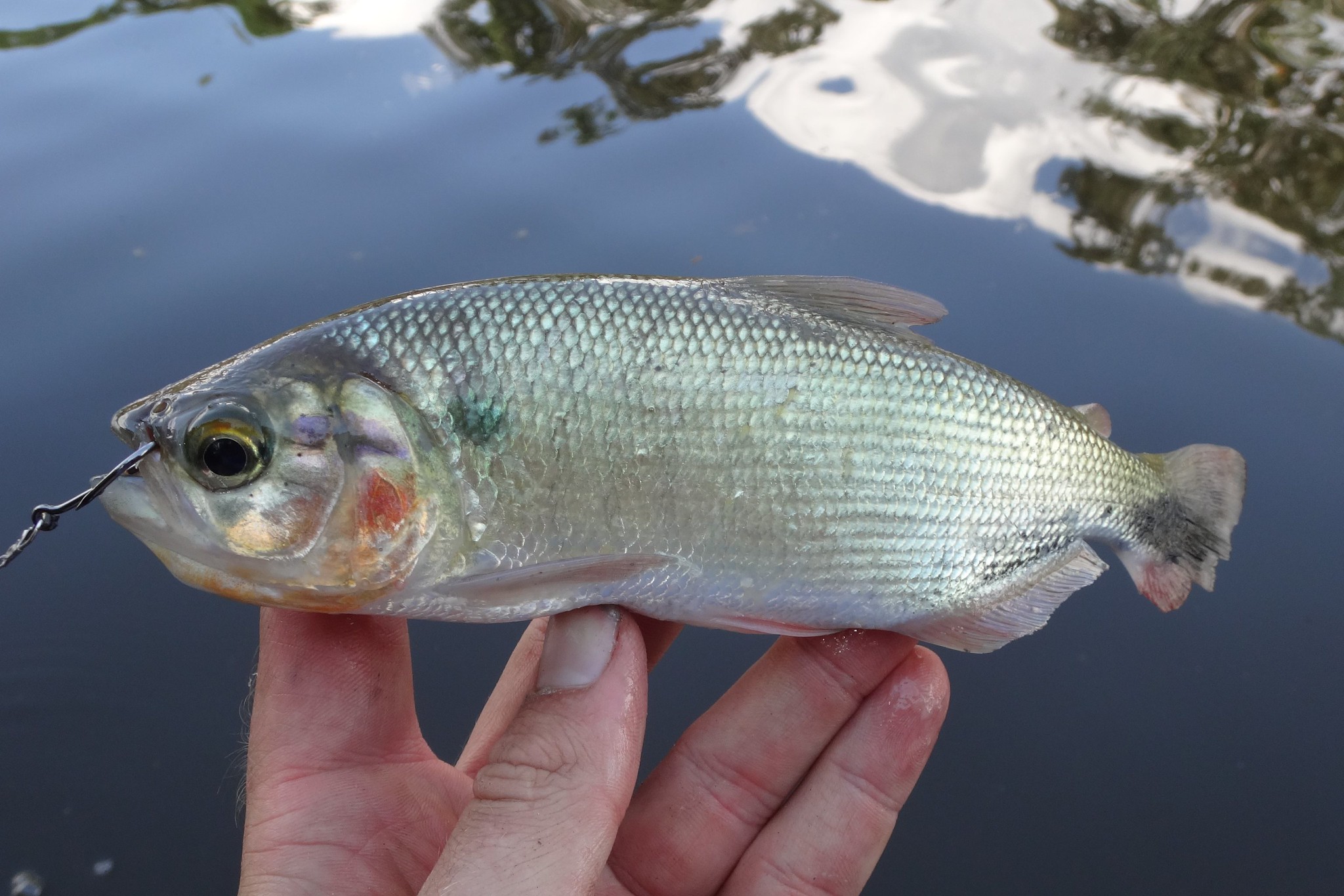

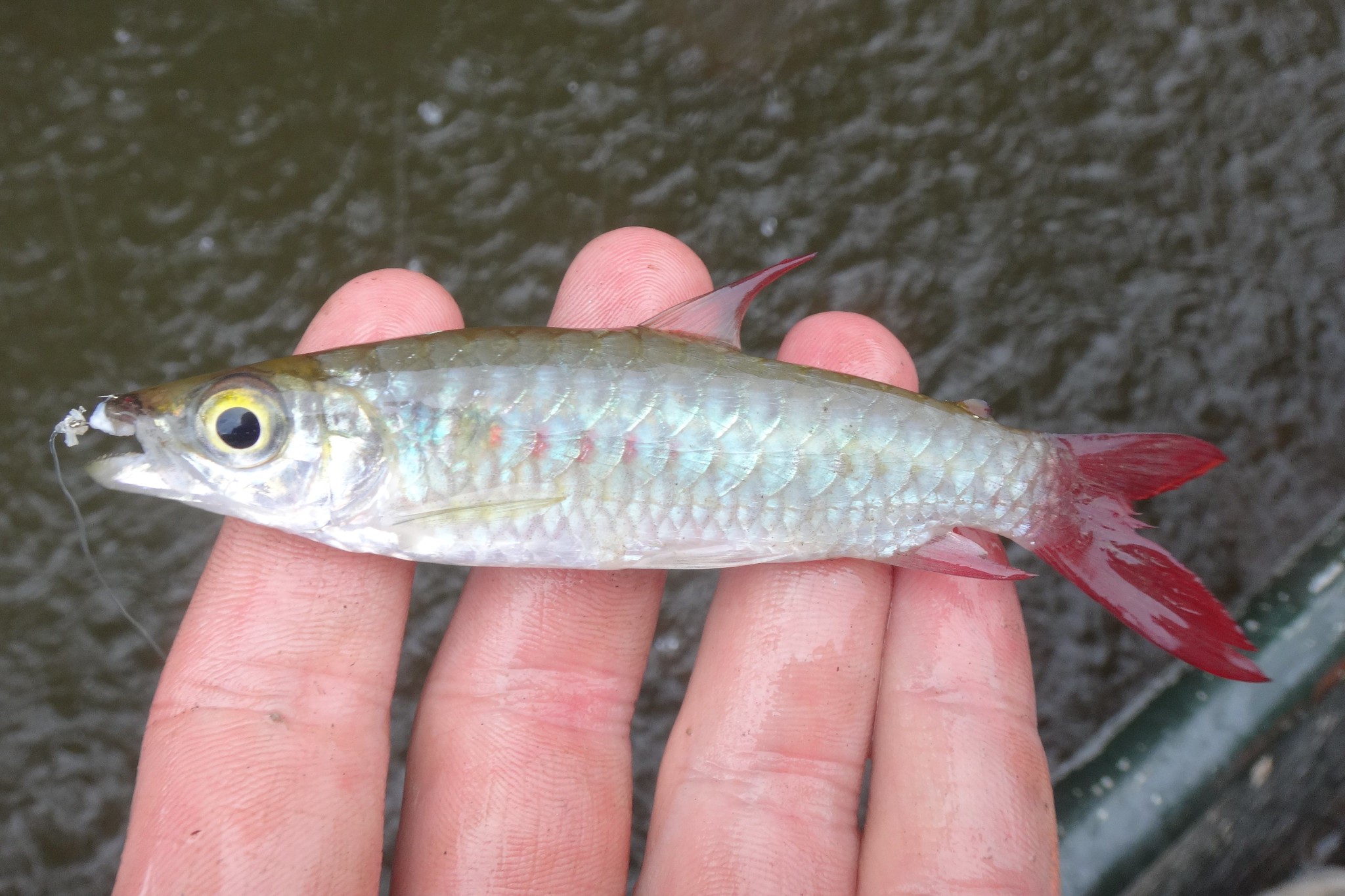
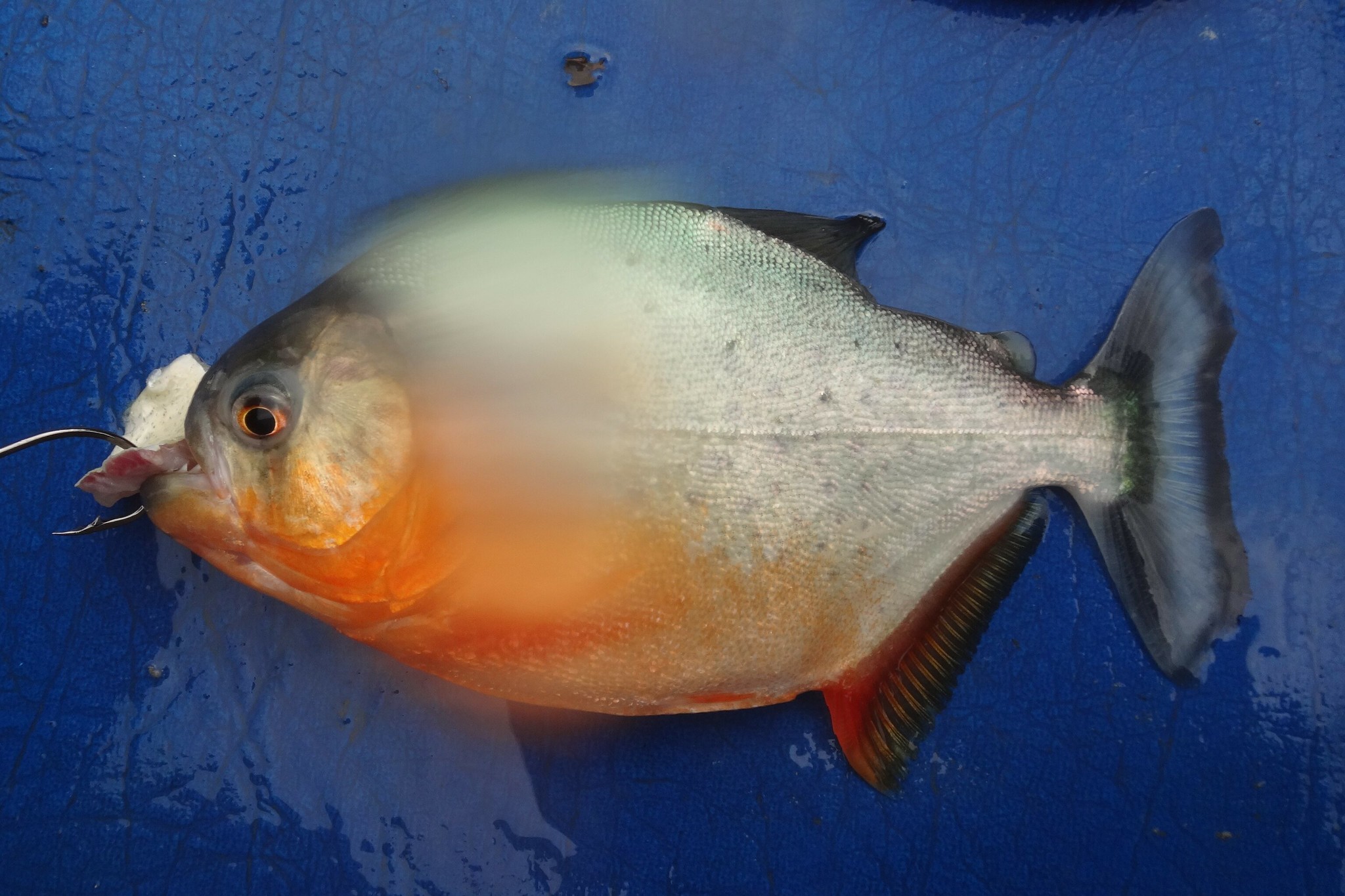
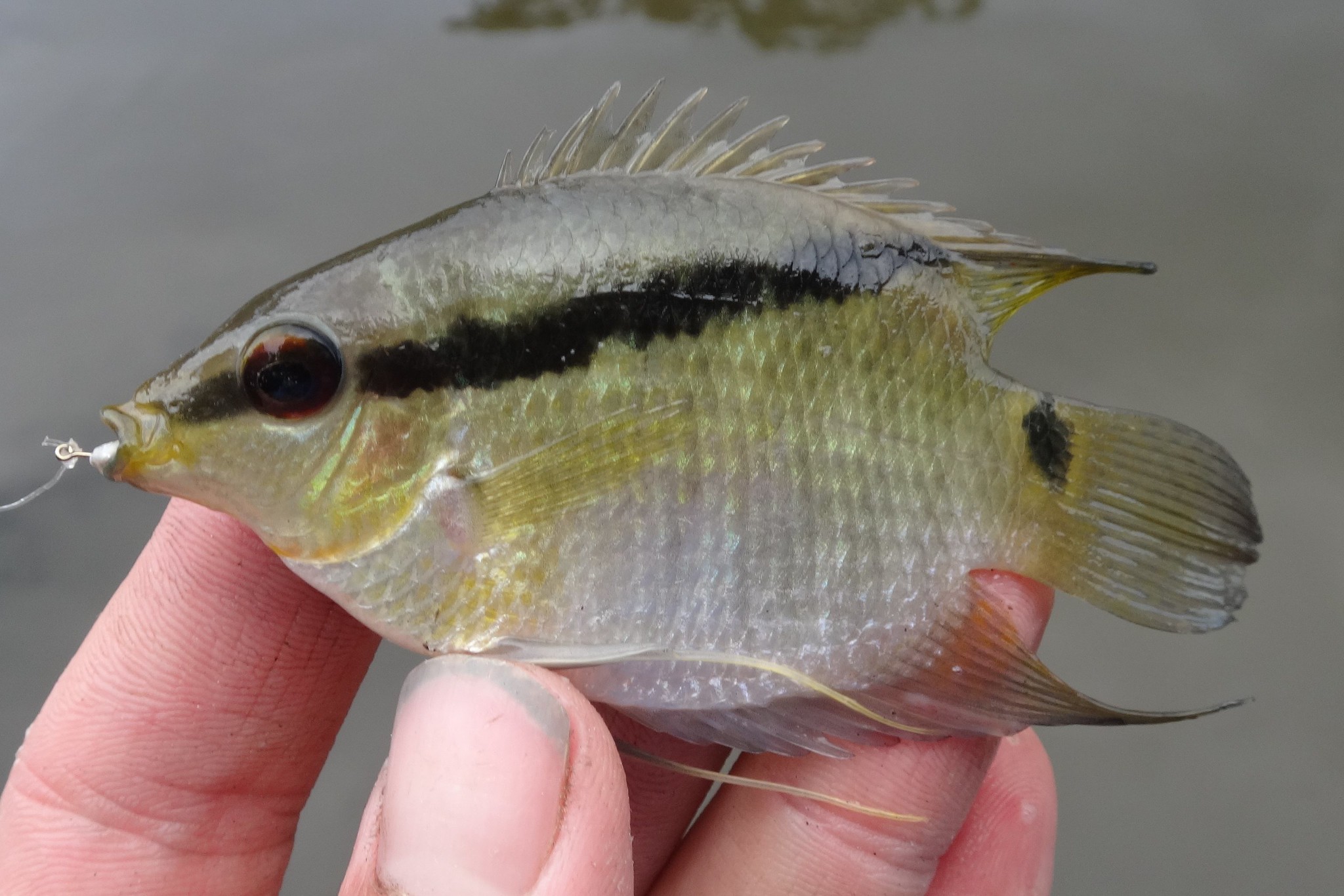
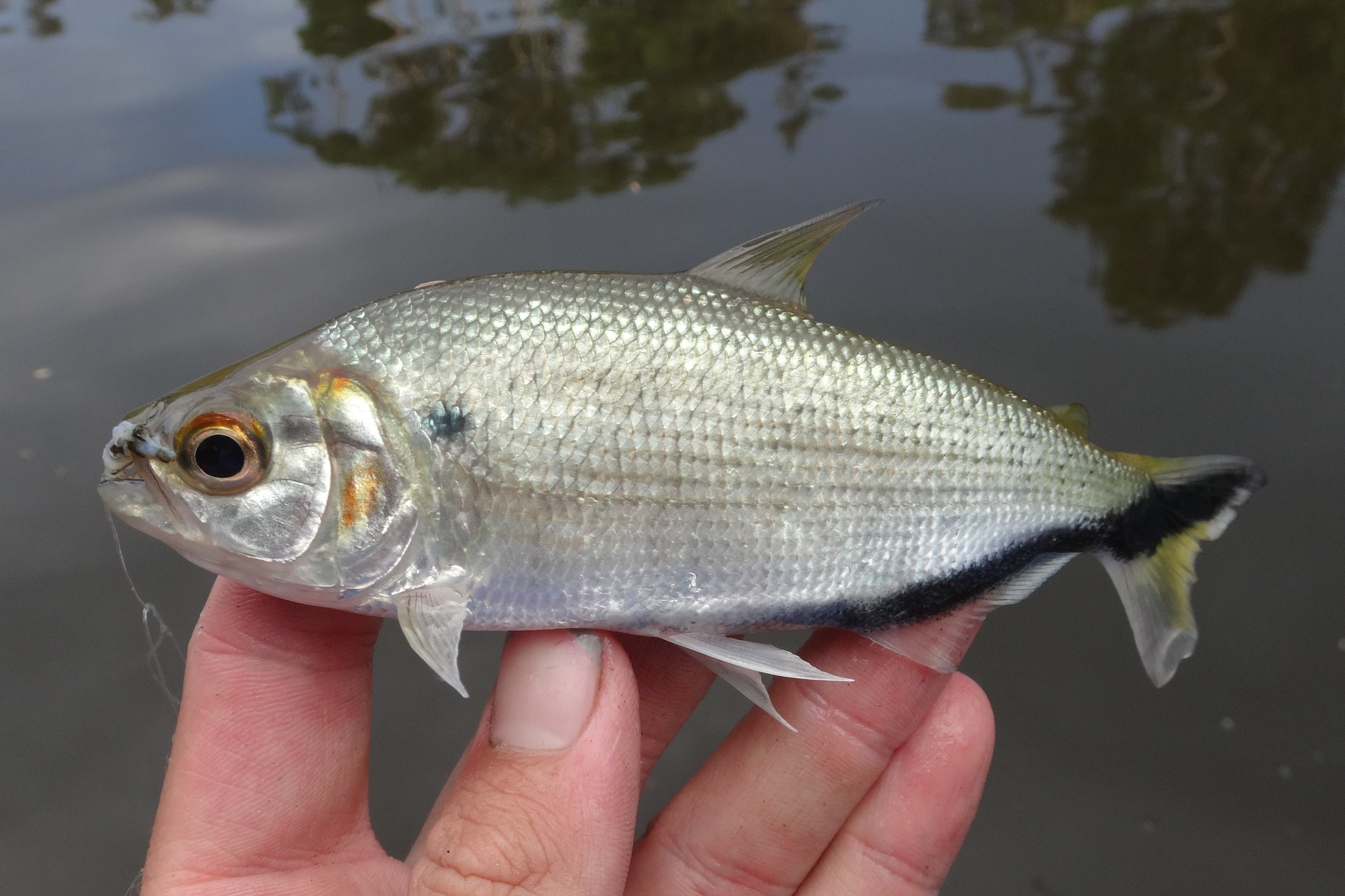
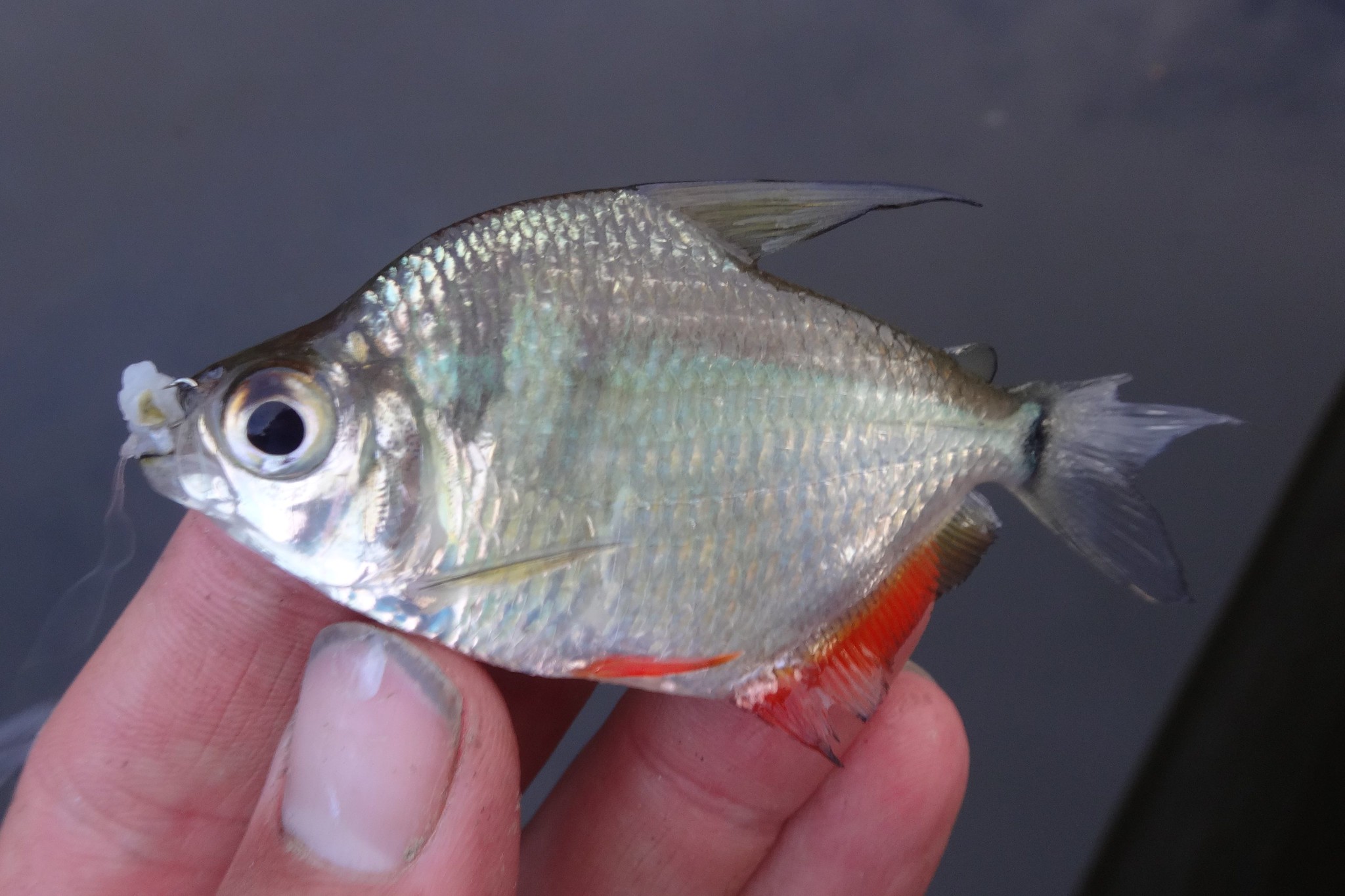
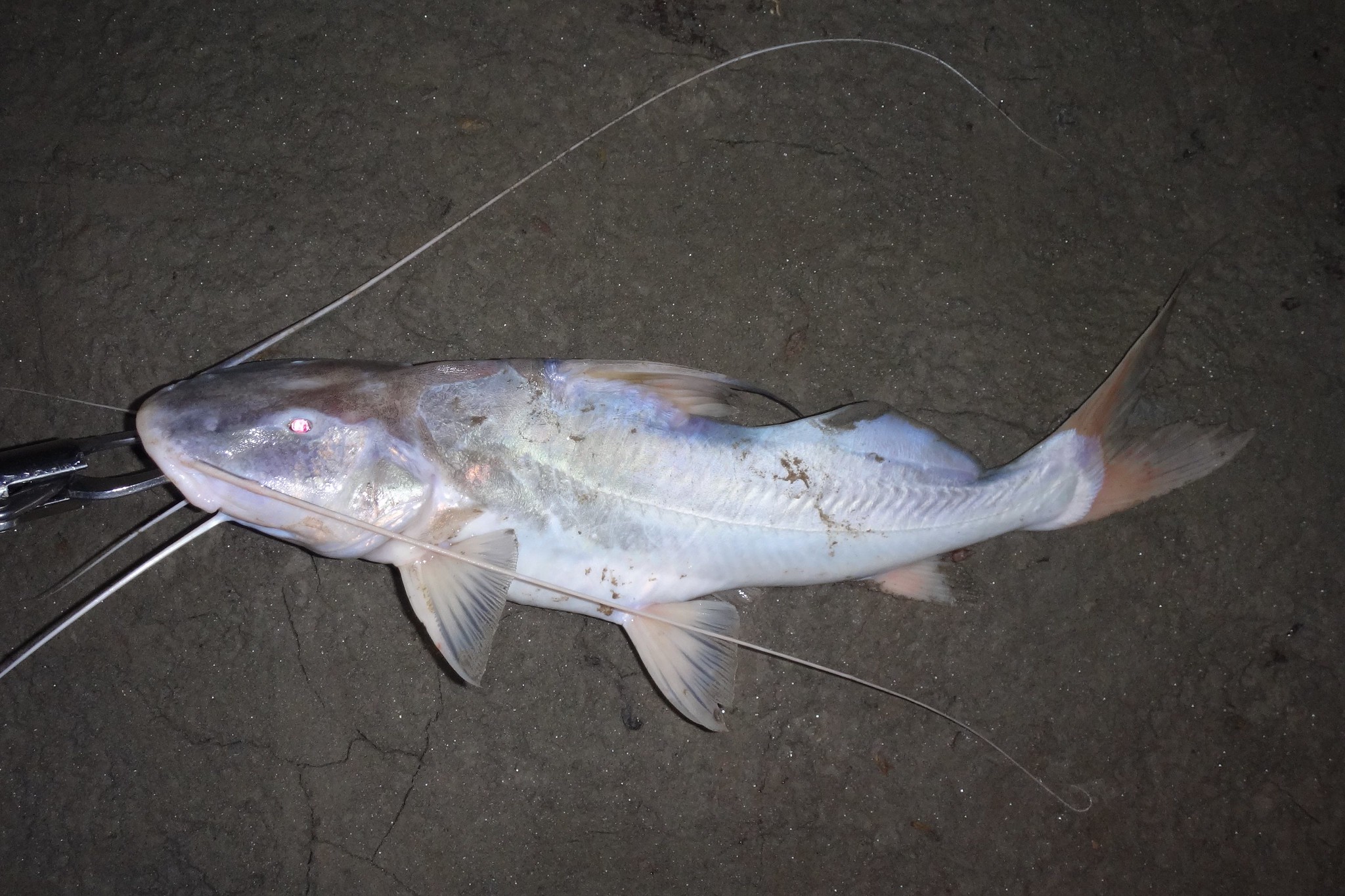
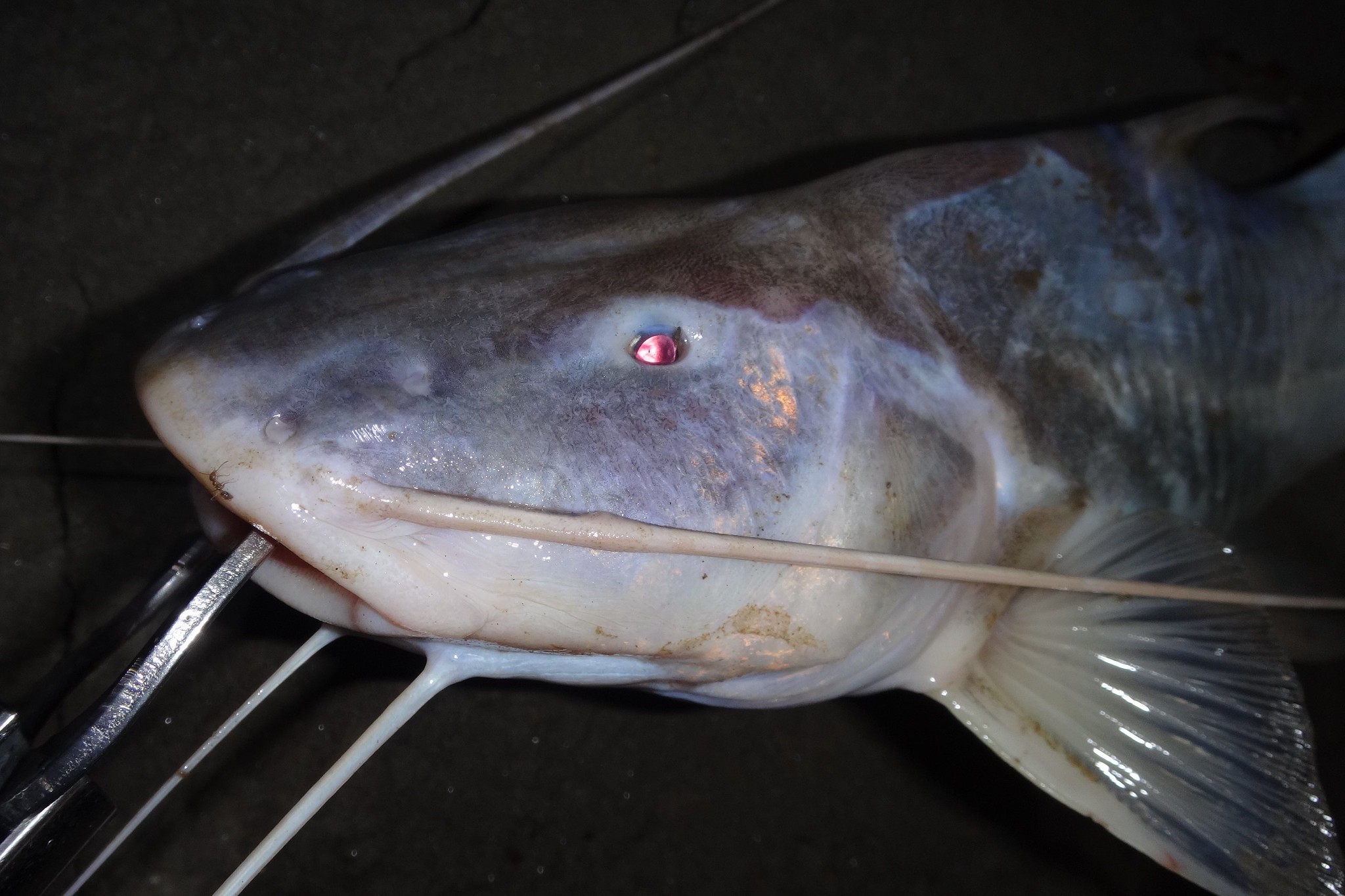
No comments:
Post a Comment
Note: Only a member of this blog may post a comment.